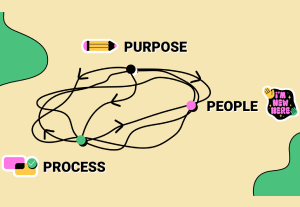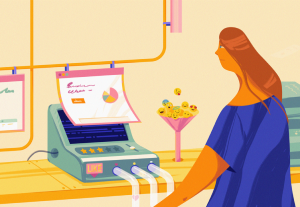- Artificial Intelligence, Augmented Reality, Behavioral Science, Conversational Design, Customer Experience, Defining AI, Design, Design Theory, Emotion, Empathy, Usability, UX Education, UX Magazine, UX World Changing Ideas, Voice & Natural Language
Designing a chatbot personality? Here are some tips that might help you do it.
Article by Anonymous
How to Design a Chatbot Personality
- The author believes personality to be the number one factor for increasing user engagement. And though your chatbot may be simple and basic, the people interacting with it tend to assign it a personality.
- Unlike websites and mobile apps, which are designed to deliver the same experience for everyone, chatbots interact with people on a one-to-one basis.
- The author suggests the following steps for designing a chatbot personality:
- Start with the chatbot’s role
- Flesh out the job description
- Select your chatbot’s gender
- Select your chatbot’s age
- Create a thumbnail biography
- Give your chatbot a name
- Visualize your chatbot
- Bring it to life!
- Following this same procedure for every chatbot gives you enough of a foundation to then have the chatbot “take” a personality assessment test and then it’s just a matter of applying the personality type to your chatbot through the use of dialogue and emojis.
Share:How to Design a Chatbot Personality
Share this link
- August 9, 2022
9 min read







